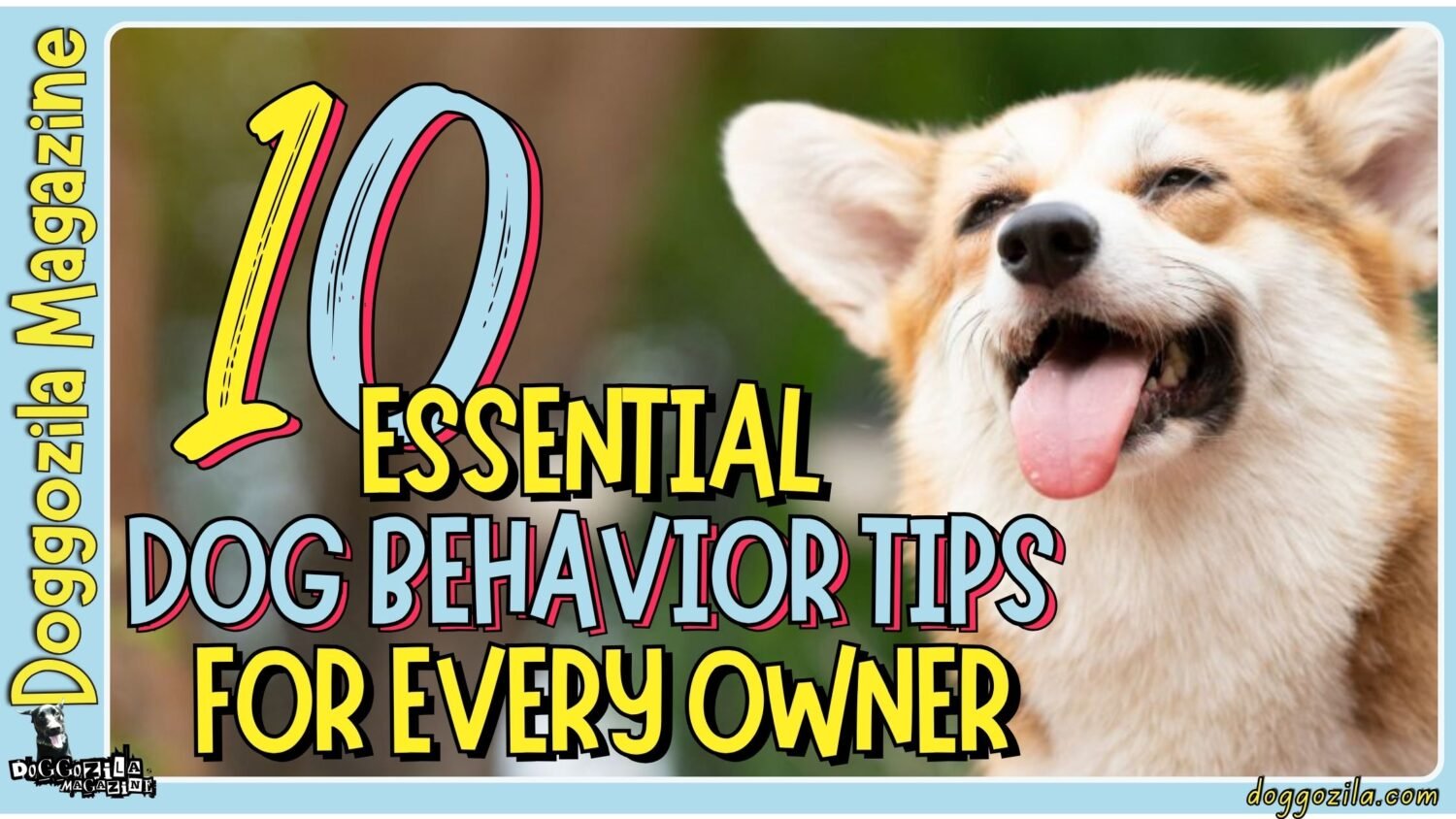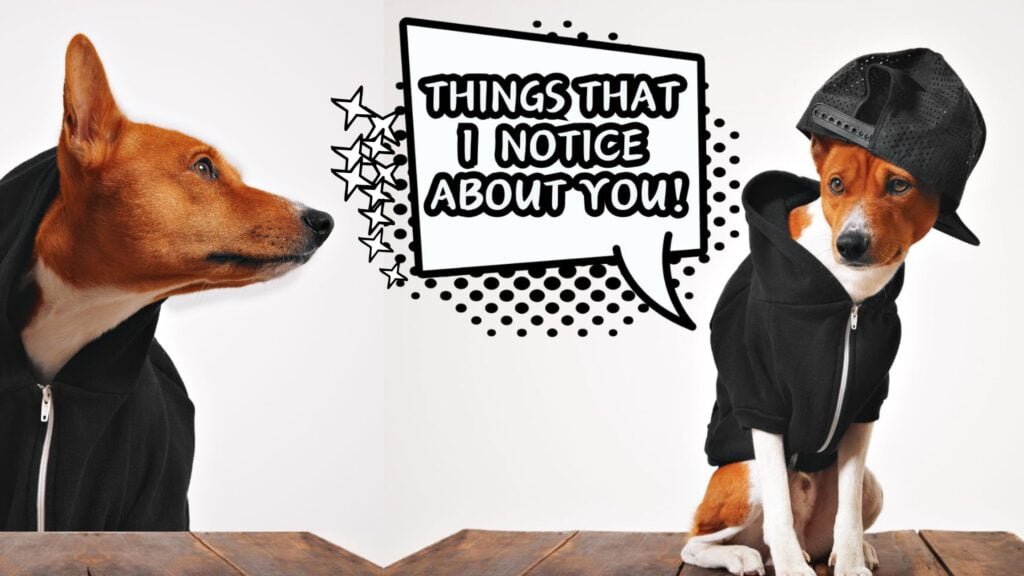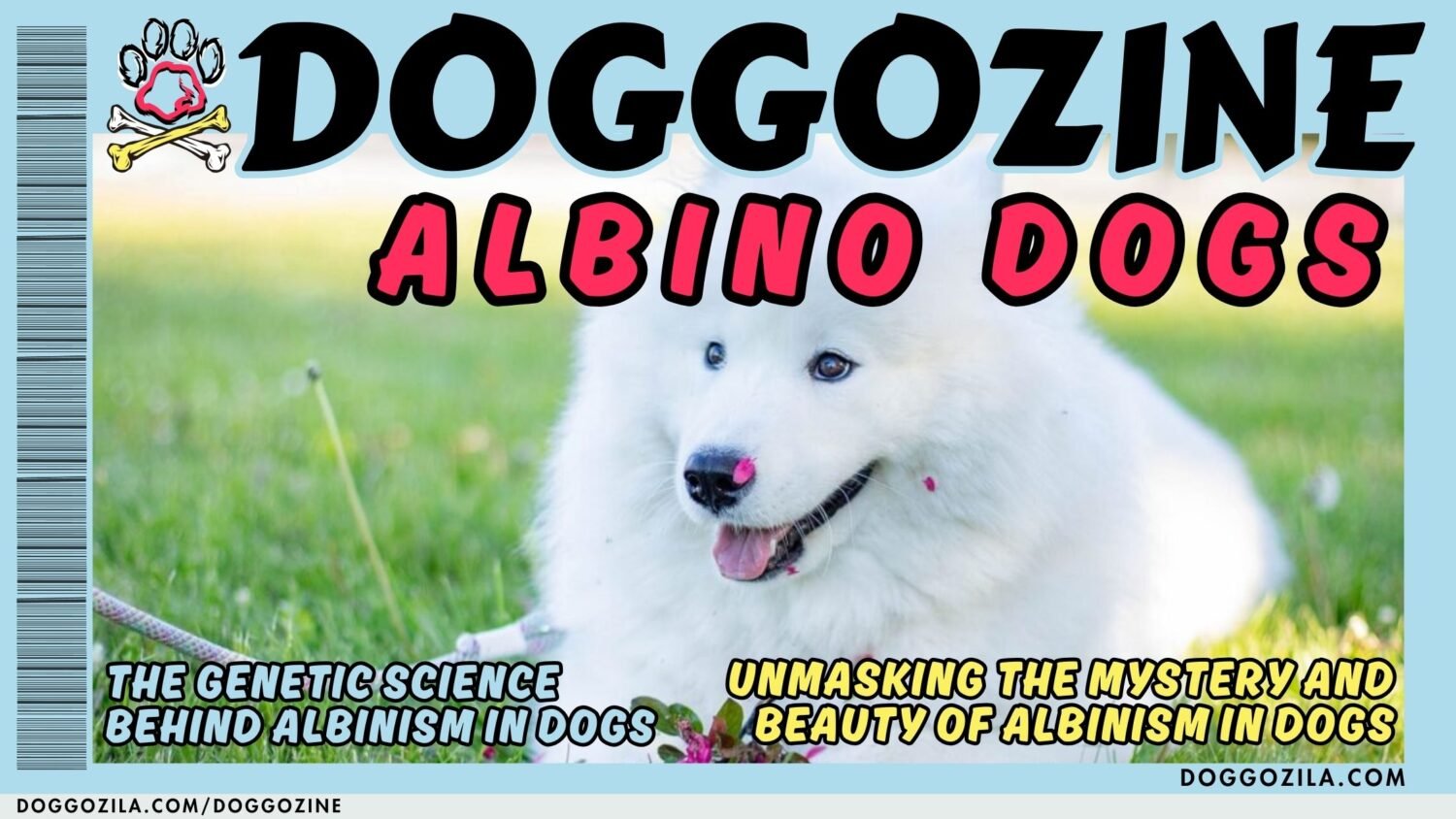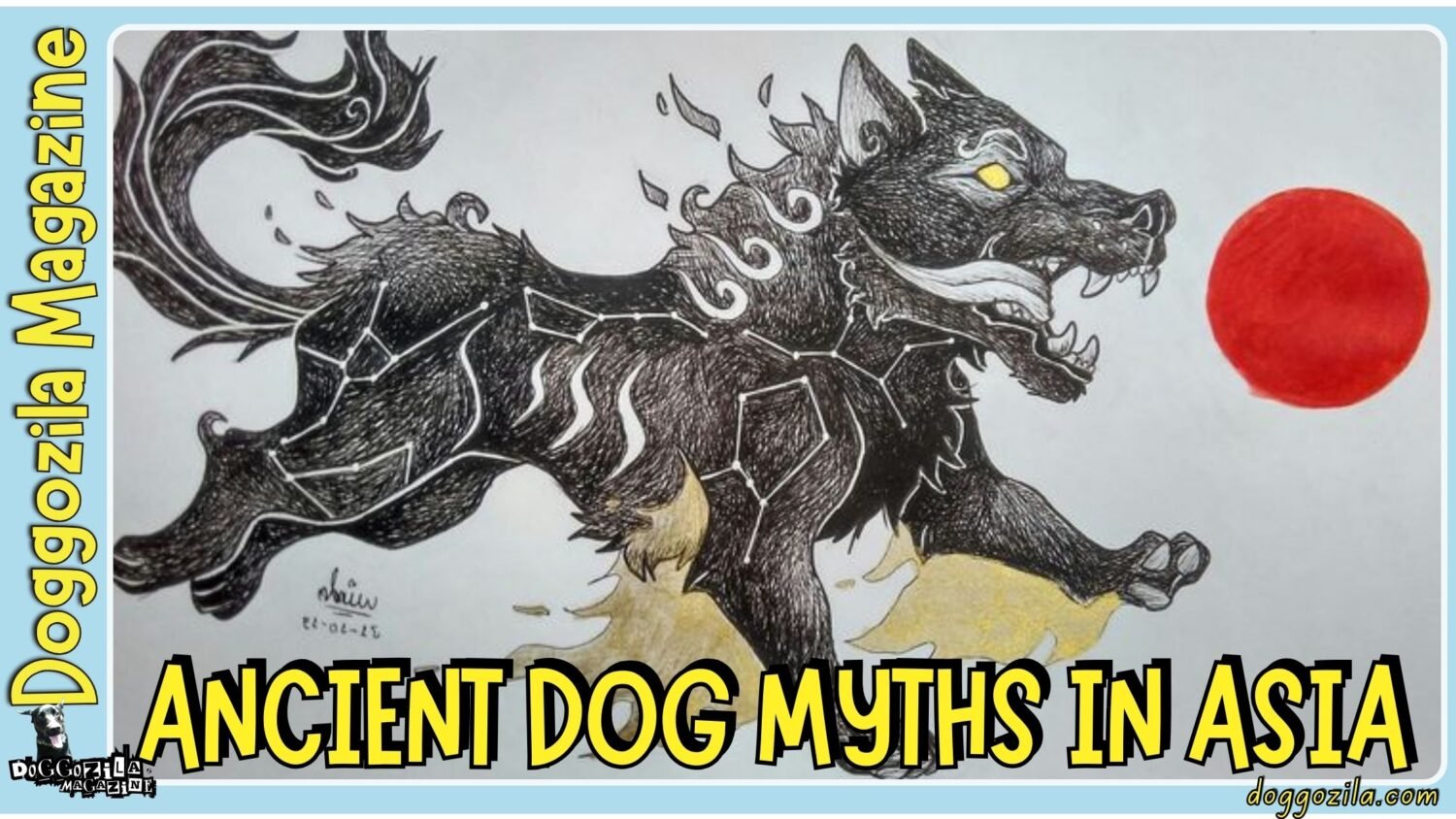Every dog owner has felt the blend of amusement and frustration when a furry friend clings to a forbidden object well past the point of politeness. Learning how to train your dog to drop it turns those tense moments into opportunities for deeper bonds, transforming chaos into clear communication.
Beyond emergency prevention like snatching away toxic items this release cue underpins smooth games of fetch, tug-of-war, and everyday resource sharing.
In the words that follow, you’ll uncover eight in-depth strategies illustrated with real-world case studies, trainer-tested tips, and playful adventures that make every session as fun for your dog as it is productive for you.
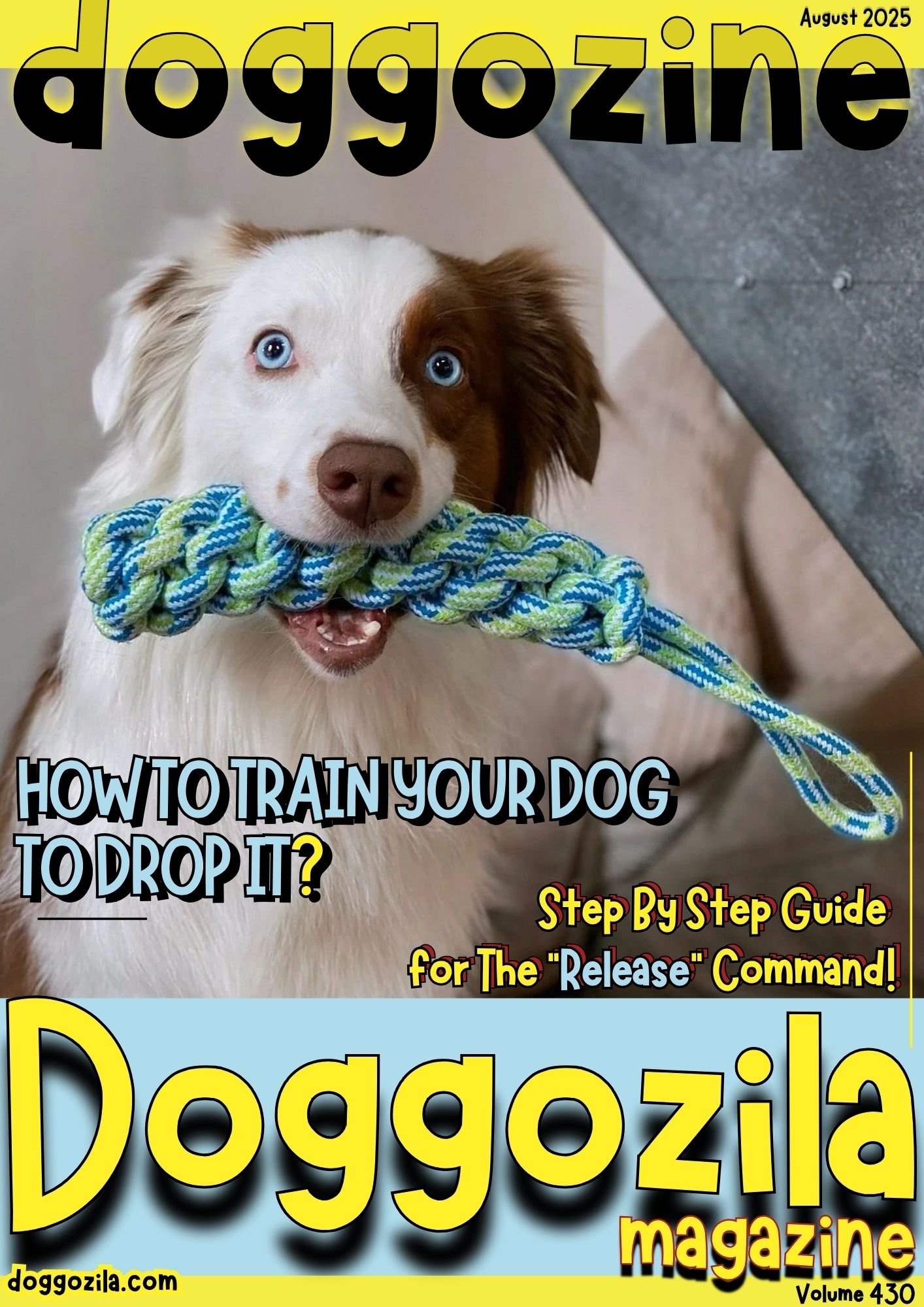
HOW TO TRAIN YOUR DOG TO DROP IT SETS THE FOUNDATION FOR SAFE PLAY, STRENGTHENS TRUST AND PREVENTS EMERGENCIES
Teaching a reliable drop-it cue begins with establishing a positive association between release behavior and rewards, ensuring your dog eagerly lets go rather than grips harder. Consistency in word choice, tone, and timing creates clarity, your dog quickly learns that “drop it” always means trade up, not face reprimand.
Early sessions held in calm environments, using low-value toys and tasty training treats, build confidence before introducing real-world distractions. Over weeks of short, fun drills, you’ll see impulse control blossom, transforming potential tug-of-war standoffs into smooth exchanges that leave everyone smiling.
Start With Low-Value Objects To Teach Your Dog To Drop It Through Effortless Trading Games That Build Enthusiasm Without Stress
Begin each session by offering an item your dog likes but doesn’t guard fiercely, such as a soft rope toy or an old tennis ball. When the toy is in your dog’s mouth, present a small, high-value treats like pea-sized cheese cubes or freeze-dried chicken, just beneath their nose.
As soon as the dog releases the toy to claim the treat, praise them warmly and briefly tuck the toy out of sight. Repeat this exchange ten to twelve times per session, always marking the release with a clicker or a cheerful “yes” before giving the treat.
This positive reinforcement makes letting go more rewarding than holding on and prevents the stress that comes from tugging or coercion. Within a week, your dog will associate “drop it” with direct, enjoyable rewards, laying the groundwork for more advanced steps.
Progress To Verbal Cues And Fade Visible Lures So Your Dog Learns To Drop On Command Rather Than The Sight Of Treats
Once your dog willingly trades low-value items, introduce the cue word “drop it” just before you show the treat, speaking firmly but warmly. Gradually delay presenting the treat; say “drop it,” pause a heartbeat, and then offer the reward only if they release the object.
As your dog grows proficient, hold the treat behind your back or in your pocket, relying solely on the verbal cue to deliver treats after release. This progression teaches your dog that the word alone predicts a reward, eliminating dependency on visible treats.
Over multiple environments such as a living room, garage, or yard, repetition cements the link between spoken cue and behavior. Soon even enticing items like a slipper or garden glove will be dropped at your command, showcasing the power of clear verbal communication.
Introduce Controlled Distractions To Proof The Drop-It Cue and Ensure Your Dog Obeys When You Train The Drop It Command Amid Tempting Scenarios
Move training outdoors or to busier rooms where background noises, pets, or people can test your dog’s focus. Hide treats under cups or on the ground, scatter toys around, and ask for a drop-it exchange right when a distraction peaks. Praise your dog for ignoring rustling leaves, passing squirrels, or calls from neighbors and focus solely on the release.
If your dog hesitates, step back to a quieter area and rebuild confidence with simpler drills before re-challenging them. Record each session’s successes and hiccups in a notebook or training app, tracking which distractions require more work. By systematically proofing under variable conditions, you guarantee a rock-solid release no matter where or when the cue arises.
🔑 Key Points: Begin training by using items your dog likes but doesn’t guard fiercely, pairing the release with high-value treats to build enthusiasm and prevent stress.
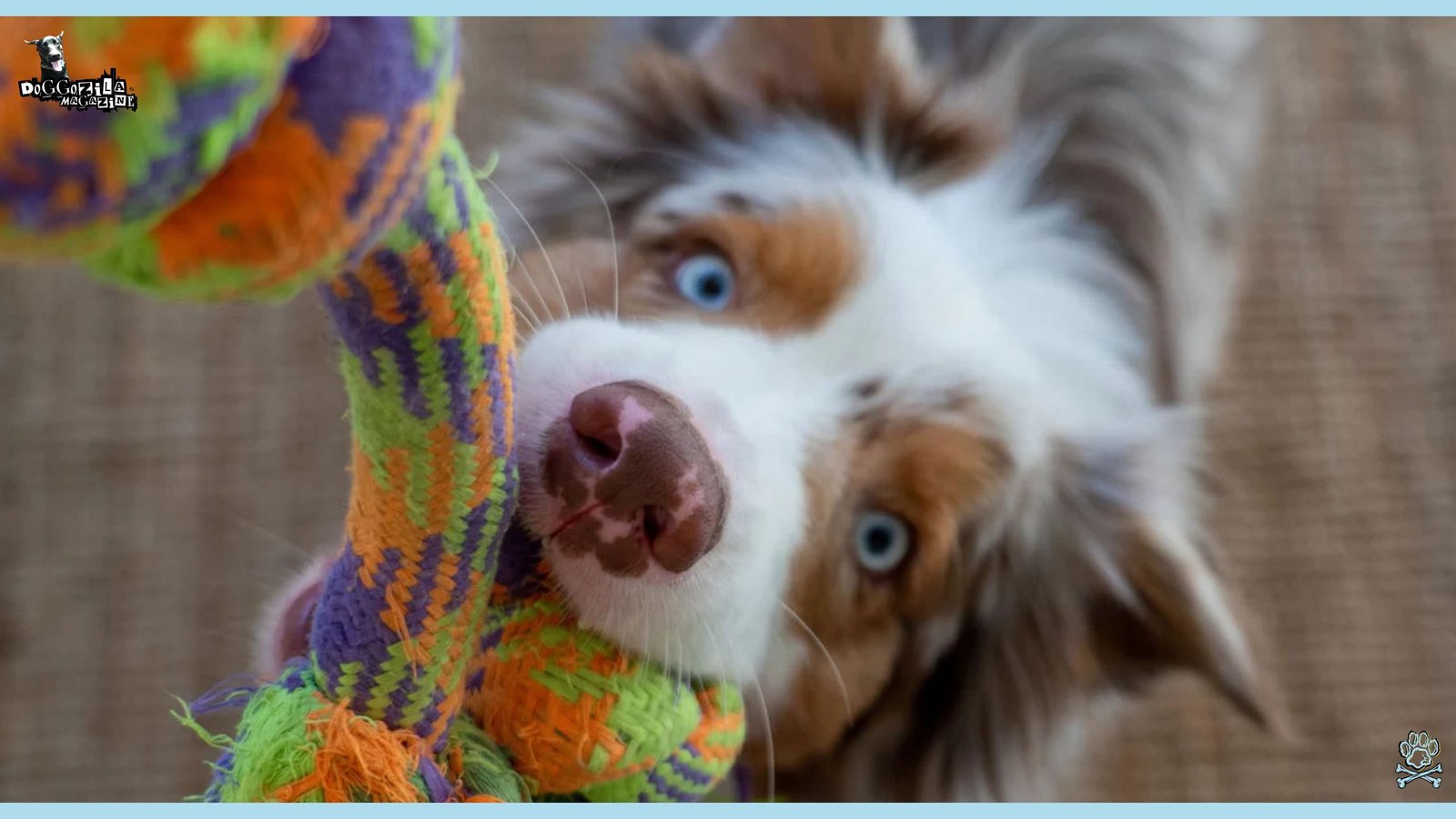
HOW TO TRAIN YOUR DOG TO DROP IT USING TREAT-TRADING TECHNIQUES ENSURES YOUR CANINE PARTNER LEARNS WILLINGLY
The trade-for-treat approach harnesses your dog’s natural instincts for resource exchange, turning every release into a joyful game rather than a confrontation. Graduated value swaps from kibble to gourmet morsels can teach dogs that nothing they hold matches the reward waiting on your palm.
Professional trainers confirm that positive reinforcement training shortens learning curves by as much as 40 percent compared to correction-based methods. Within six to eight weeks of consistent treat-trading drills, dogs from playful puppies to rescue adults reliably release objects at a single command, reducing frustration for handlers and pets alike.
Why Positive Reinforcement Underpins The Drop It Training More Effectively Than Force-Based Approaches In Modern Dog Training Science?
Studies from veterinary behaviorists show that dogs trained with treat rewards exhibit lower cortisol levels and faster cue generalization than those trained with leash corrections. Reward-driven methods foster enthusiasm, dogs literally lean into you when they hear “drop it,” eager for the next yummy bite.
This approach avoids the rebound effect of punishment, where dogs guard items more fiercely to avoid perceived threats. By focusing on wins and each small release, handlers build a reservoir of positive interactions that boosts overall obedience.
Veterinarians note that dogs trained with kindness maintain stronger bonds with owners and display fewer anxiety behaviors. Embracing positive reinforcement for “drop it” not only achieves reliable results but deepens the trust your dog places in you.
Structuring Reward Schedules When You Train Your Dog How To Drop It Builds Resilience And Prevents Plateauing In Learning
Begin with continuous rewards, treat every successful release to rapidly establish the drop-it cue. Once responses hit ninety-percent consistency, shift to a variable schedule where every third or fourth correct drop earns a reward, keeping your dog guessing and engaged.
Intermix jackpot rewards, three treats in quick succession after particularly clean releases under distraction to heighten motivation. Alternate between small, frequent snacks and brief play breaks, preventing overfeeding and maintaining high energy.
Tracking these schedules in a training journal reveals patterns, maybe your dog excels with toy rewards after fetch drills but needs more food incentives in crowds. Fine-tuning reinforcement keeps progress on a steep upward curve, ensuring the drop-it cue stays fresh and reliable.
Incorporating Toy-Only Exchanges And Tug Games When You Train Your Dog How To Drop It
Offer two similar toys in a tug-of-war scenario: when the dog clings to one, present the second toy and softly tug until they release the first. Immediately celebrate the swap with praise and resume play, teaching that releasing one toy always opens the door to another.
Flirt-pole sessions, chasing a lure on a pole allow dogs to catch then drop on cue in a continuous loop of chase and release. For dogs obsessed with plush toys, invest in squeaky duplicates so you can hold one while rewarding with the next, maintaining drive without treats.
Pair each release with a game of retrieve, making “drop it” the gateway to the dog’s favorite pastime. These playful variations prevent training fatigue and keep the drop-it skill sharp for life’s real-world moments.
🔑 Key Points: Once your dog reliably trades objects, introduce the verbal command “drop it” and gradually fade visible treat lures to reinforce obedience without dependency on treats.

HOW TO TRAIN YOUR DOG TO DROP IT THROUGH STRUCTURED CLICKER TRAINING AND REWARD SCHEDULES
Clicker training for dogs adds precision timing to your releases, marking the exact moment a toy or object leaves the dog’s mouth and bridging the gap before a treat or toy swap occurs. Many top service dog schools integrate clicker marks when teaching complex tasks, demonstrating that instant feedback accelerates learning and reduces errors.
Handlers using a clicker report a 25 percent increase in correct responses during early training stages compared to voice-only cues. Over a dozen studies confirm that combining auditory markers with positive reinforcement deepens behavioral memories, making “drop it” commands stick even under pressure.
Integrating A Clicker When You Train Your Dog How To Drop It Boosts Timing Accuracy
Click the moment the dog’s jaw opens or the object hits the ground, then immediately deliver the reinforcer, treat or toy swap to solidify the connection. This split-second clarity eliminates ambiguity that voice cues alone can introduce, especially when the dog drops and then chews the toy again.
Practice click-and-treat drills with simple targets like touching a cone, before transferring the skill to live “drop it” scenarios. As your dog advances, you can fade the clicker, relying on an internalized marker that resonates like muscle memory.
Trainers note that dogs taught with clicker precision generalize the drop-it cue more smoothly to new objects and environments. Adopting clicker methods transforms “drop it” training from guesswork into a science.
Building Sequential Behaviors Emulates How To Train Your Dog To Drop It Alongside Complementary Cues
Once your dog reliably drops items on cue, introduce “leave it” to prevent immediate re-pickup, teaching them to wait until you release the next action. Combine “drop it” followed by “watch me” or “sit” to redirect focus and prepare for the next command, weaving a seamless sequence.
This chaining technique empowers handlers to manage multiple behaviors with one fluid routine like drop, sit, watch, recall, rather than isolated commands. Such structured sequences are common for service dog training and competitive obedience programs, proving their durability under stress.
Handlers who master these chains report smoother interactions on walks, in cafés, and even at busy airports. By teaching “drop it” as part of a larger obedience tapestry, you elevate both control and camaraderie.
Monitoring Progress With Training Logs Refines When You Train Your Dog How To Drop It By Measuring Success Rates
Record each session’s date, location, items used, reinforcement schedule, and accuracy percentage to spot trends over time. Graphs plotting performance against increasing distractions like kids playing or food smells, highlight when to introduce new challenges or retreat to basics.
Comparing treat types and toy rewards reveals which reinforcers sustain peak motivation, whether freeze-dried liver or braided rope toys. Regular check-ins with professional trainers or virtual mentors can uncover blind spots in your approach and suggest targeted tweaks.
This data-driven methodology mirrors agile workflows in corporate settings, ensuring continuous improvement. With concrete metrics in hand, you’ll train with confidence, knowing exactly which adjustments yield the best results.
🔑 Key Points: A clicker marks the exact moment your dog releases an object, improving timing and clarity, which speeds up learning and strengthens retention.
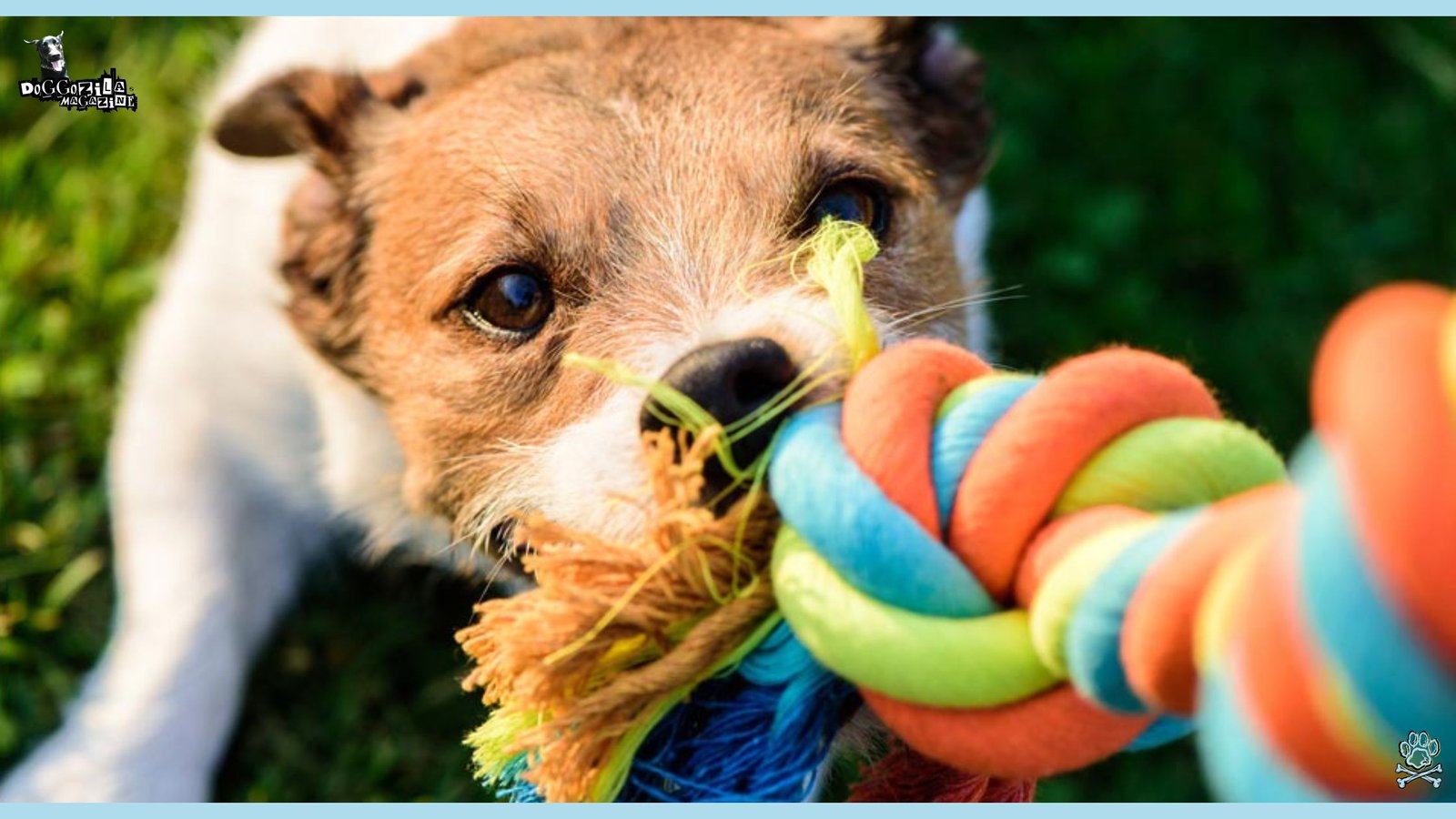
HOW TO TRAIN YOUR DOG TO DROP IT IN REAL-LIFE SCENARIOS PROTECTS AGAINST UNWANTED ITEM INGESTION
Noisy kitchens, muddy trails, or bustling dog parks can sabotage a shaky drop-it cue if it’s only practiced in quiet living rooms. Embedding release training into your daily routines, from unloading groceries to packing backpacks ensures real-world generalization.
Case studies from urban trainers show that dogs who train amid ambient chaos achieve 90 percent drop-it success rates in novel settings within two months. Whether your dog swoops for dropped pills or cherished socks, a rock-solid release command transforms last-second salvages into effortless exchanges.
Simulating Emergencies Teaches Your Dog To Drop It Under Genuine Pressure
Arrange a “mock drop” drill where you pretend to spill chocolate or medication, then urgently issue “drop it” and reward calm releases. Use low-value stand-in items like a cereal box first, then graduate to carefully supervised real objects to build trust without risk. Track response times and aim to reduce latency from two seconds to under one second with focused repeats.
Involve family members as decoys dropping enticing items while you quietly cue the command, mimicking unpredictable home scenarios. Debrief each attempt, celebrating prompt compliance and brainstorming strategies for hesitation points. These immersive drills forge a dependable safety net that stands between your dog’s curiosity and real danger.
Embedding “Drop It” In Everyday Games Prevents Boredom And Sustains Obedience Long After Beginner Phases
During fetch sessions, pause mid-game and say “drop it” before rethrowing, reinforcing the cue without isolating it as formal “training time.” In tug-of-war, periodically call “drop it” and then swiftly offer a new tug toy, turning relinquishment into a seamless part of play. Hiking dog adventures yield natural distractions such as wind-tossed leaves, pinecones, tumbling sticks, ideal for pop-quiz drop-it’s along the trail.
Car journeys can involve hidden sample swaps under seats, reminding dogs that “drop it” applies even in confined spaces. By weaving release cues into fun activities, you reinforce obedience without drilling, keeping your dog sharp and eager. This playful immersion cements drop-it as an instinct rather than a chore.
Leveraging Tech Assists Sharpens When You Train Your Dog How To Drop It And Tracks Real-Time Progress Across Locations
Wearable dog trackers or simple smartphone apps can timestamp each drop command and log GPS coordinates, revealing hotspots of hesitation. Video recordings allow you to replay sessions, analyze leash technique, and fine-tune timing between cue and reward. Remote trainers can annotate clips with suggestions, turning weekend hikes into virtual coaching sessions.
Cloud-based dashboards chart improvement curves, linking drop-it accuracy to variables like time of day or reinforcer type.These digital tools empower data-informed tweaks that elevate training efficiency and dog engagement. In today’s connected world, even a simple treat-timer app becomes a secret weapon in the quest for drop-it mastery.
🔑 Key Points: Proof the “drop it” command by practicing in busier environments, ensuring your dog obeys even amid tempting distractions like toys, sounds, or other animals.

PREVENTING RESOURCE GUARDING AND MAINTAINING IMPULSE CONTROL REQUIRES MASTERING THE RELEASE COMMAND
Dogs prone to guarding food, toys, or treasured possessions can view every approach as a threat unless they learn that giving up items leads to something even better. Resource guarding protocols begin with desensitization exercises like presenting low-value items, then gradually increasing value while rewarding calm releases.
Behavioral studies document a 60 percent reduction in guarding behaviors among dogs integrated into structured drop-it programs. By teaching dogs that letting go always yields gains like food, play, or praise, you dismantle the fear that underpins possessive postures, paving the way for relaxed coexistence.
Desensitization Steps For How To Train Your Dog To Drop It Dissolve Guarding Instincts Through Gradual Exposure And Value Swaps
Start with a crumb-led treat on a plate near your dog’s bowl, asking them to drop a kibble piece for a higher-value morsel before progress. Over days, inch the plate closer to prized chew bones, prompting drops with minimal tension rather than sudden seizures. If your dog stiffens or growls, retreat to gentler exchanges with softer toys until confidence rebuilds.
Consistent, incremental raises in item value paired with calm praise teaches dogs that human approach means bonuses, not theft. Behaviorists confirm that this stepwise method re-associates closeness with reward, erasing the ‘hands-off’ reflex. Within weeks, even highly prized items become negotiable under the “drop it” banner.
Teaching Distance Control Amplifies The Training By Reinforcing Releases Without Encroaching On Personal Space And Triggering Anxiety
Rather than lunging forward, practice issuing the drop-it cue from a respectful two-meter distance, rewarding releases with voice praise and waved treats. Gradually shorten that gap only as your dog remains relaxed, avoiding sudden advances that awaken guard responses.
This distance strategy mirrors best practices in reactive dog rehabilitation, where handlers learn to prevent escalation by respecting dog comfort zones. Mapping physical space in your training journal helps visualize progress and plot the maximum distance tolerated versus successful drops.
Handlers report that dogs trained with mindful distance cues display calmer body language and faster drop-it compliance. By mastering personal space as part of release training, you foster a cooperative, stress-free dynamic.
Integrating “Leave It” After “Drop It” Cements Impulse Control And Ensures That Dogs Understand Not Only To Release But Also To Refrain From Re-Grabbing
Once your dog reliably drops upon command, follow up with “leave it” to keep them from scooping the item back up. Practice the sequence on low-value objects first, then scale up to more tempting items like shoes or plush toys. Partner this with “watch me” and “sit” to redirect focus completely away from temptations and toward you.
Reactive training frameworks show that combining release and avoidance cues yields fewer slip-ups in high-distraction settings. Eventually the dual-cue system becomes automatic, dog drops, dog leaves, dog earns next reward no scooping required. This multi-step approach eradicates impulse dips and builds unwavering control.
🔑 Key Points: Begin with continuous rewards for every successful drop, then transition to variable reinforcement (e.g., rewarding every 3rd or 4th success) to maintain motivation and prevent plateaus.
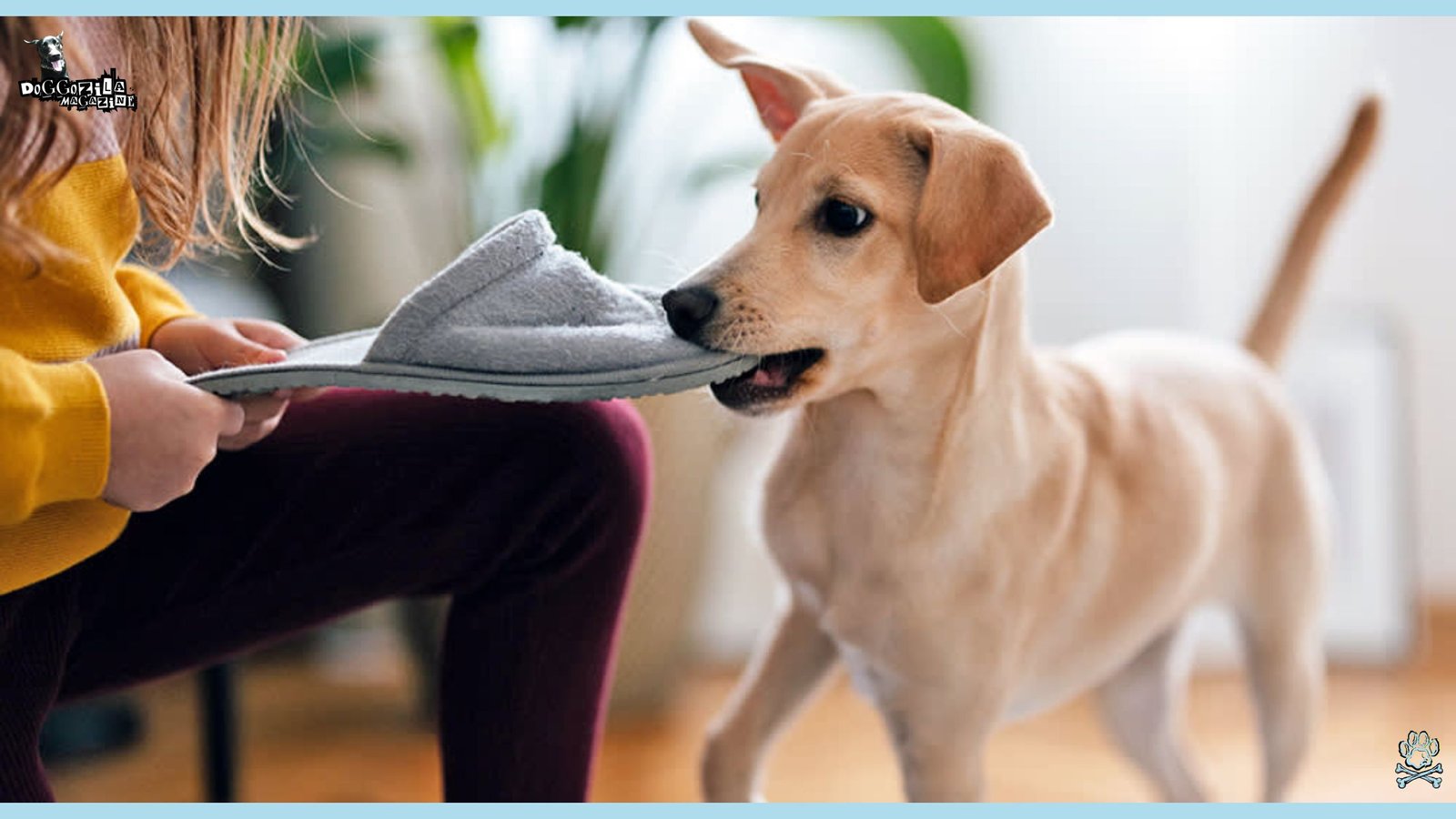
ADAPTING TECHNIQUES FOR ALL DOGS THROUGH CUSTOMIZED STRATEGIES AND INTERACTIVE GAMES
Puppies often have shorter attention spans and high play drive, demanding ultra-short sessions of two to three minutes before moving on to sniff or chew breaks. Senior dogs may need softer reinforcers and gentler physical handling to accommodate arthritic joints, but they often pick up cues rapidly when motivated by nostalgia for old routines. Rescue dogs bring varied histories of stress or fear, requiring slower desensitization and trust-building before introducing release games.
Tailoring drop-it protocols to each life stage and temperament amplifies success, creating personalized blueprints for every unique furry friend. Using reward-based training (treat-trading) is more effective than force-based methods, fostering trust, faster learning, and lower stress for all kind of dogs.
Puppy-Friendly Drills Demonstrate How To Train Your Dog To Drop It By Leveraging Short Attention Spans And High Curiosity
Use a lightweight toy and target sessions under three minutes to match puppy focus windows, ensuring each “drop it” ends on a success. Intersperse short sniff or milk-bone breaks between drills to prevent frustration and encourage exploration. Incorporate simple commands like “sit” or “touch” to transition between activities, keeping the puppy engaged through variety.
Socialization during drop-it play and meeting gentle dogs or calm children, reinforces confidence alongside obedience. Within weeks, many puppies grasp the trade pattern and begin dropping unknown objects for you to swap, showing early impulse control. This playful, patient approach lays a lifetime foundation for reliable release behaviors.
Senior-Dog Adaptations Reveal That When You Train Your Dog How To Drop It Can Respect Slower Mobility
Swap chewy treats for soft, palatable options like mashed pumpkin or low-fat cheese to accommodate dental sensitivities. Reduce session frequency but maintain consistency, short daily intervals trump sporadic marathon drills. Present the release cue with minimal bending, consider tool-assisted exchanges using a treat wand or extended spoon if needed.
Praise with gentle petting rather than exuberant strokes that might startle stiff joints, balancing excitement with comfort. Many seniors respond eagerly when reminded of favorite childhood toys or familiar routines, blending nostalgia with training. Adapting to their pace honors a lifetime of companionship while refining the drop-it skill for their golden years.
Rescue-Dog Protocols Outline How To Train Your Dog To Drop It By Building Trust First
Begin with trust-building exercises, reward soft eye contact and calm body language before introducing high-value soiled objects. Use novel but nonthreatening items, like stuffed socks, to practice release without triggering past traumas around valued possessions. Pair every drop with serene praise and uninterrupted space for the dog to decompress, erasing fear associations.
Gradually introduce more valuable objects as confidence grows, following the same treat-swap progression used for puppies. Shelter-based case studies report a 70 percent drop-it success rate among rescue dogs once they feel secure in their environment. This patient, compassion-first approach transforms uncertain rescues into reliable release partners.
🔑 Key Points: Customize training for puppies (short sessions), senior dogs (gentle rewards), and rescue dogs (trust-building first) to ensure success across all life stages and backgrounds.
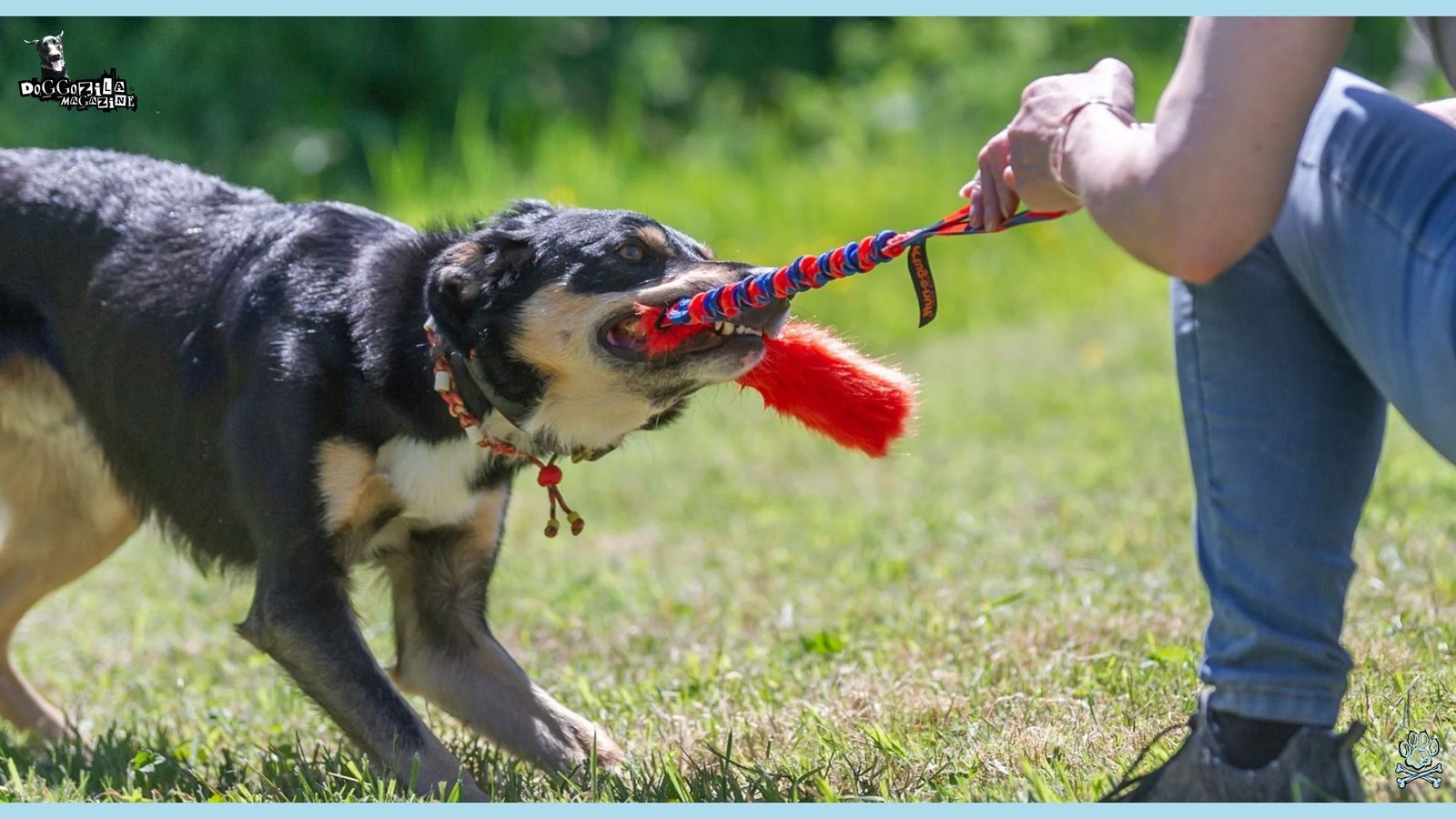
BEYOND THE BASICS SHOWS HOW TO TRAIN YOUR DOG TO DROP IT IN ALL SETTINGS AND IN ANY ENVIRONMENT
Once the core drop-it behaviors are fluent, elevate training by incorporating specialized gear like harness-mounted treat pouches, portable clickers, and scent-proof sample kits that streamline real-world practice. Adventure settings, from beach fetch at dawn to forest hikes at dusk offer natural distractions and novel textures that test and solidify release skills.
Advanced handlers weave drop-it into complex routines such as off-leash recall drills, agility courses, and even canine freestyle dance, turning obedience into art. By continuously challenging your dog with fresh contexts, you keep release behaviors sharp, adaptable, and deeply ingrained for every future journey.
Use Specialty Harnesses And Treat Pouches When You Train Your Dog How To Drop It By Ensuring Reinforcements
Opt for lightweight, breathable harnesses with built-in pockets for kibble or freeze-dried treats, letting you reward instantly without fumbling through bags. Magnetic or quick-clip pouches let you switch reinforcers like cheese to toy to kibble on the fly, adapting to your dog’s mood and environment.
Field-tested harnesses stand up to beachfront salt sprays, forest undergrowth, and muddy trails, guaranteeing gear longevity. Keeping treats and clickers mounted ensures you never miss a release opportunity, especially when hiking steep slopes or running alongside your dog.
Investing in specialized kit reflects your commitment to training excellence and real-world readiness. This seamless gear integration makes every drop-it cue a natural part of your outdoor lifestyle.
High-Intensity Drills In Adventure Landscapes Prove How To Train Your Dog To Drop It Against Sensory Overload
On a lakeshore, toss sticks into shallow surf, asking for “drop it” as the dog returns wet and excited, then reward with dry treats. In dense woodlands, hide low-value objects under fallen leaves and signal releases as your dog emerges triumphant from brushy scent quests.
Urban explorations like busy plazas or farmers’ markets test drop-it obedience amid food stalls and pedestrian traffic, cementing reliability. Vary reinforcer types, throw a ball, offer a treat, or share a quick tug session to keep drives high in unpredictable settings.
Record each outdoor session’s challenges and breakthroughs, refining your approach for future excursions. By mastering drop-it amid life’s grand adventures, you create a partnership that thrives anywhere your journey leads.
Continuous Education Bridges When You Train Your Dog How To Drop It With Emerging Research
Subscribe to professional dog-training journals that publish studies on operant conditioning, clicker efficacy, and behavior genetics. Attend online seminars led by certified instructors, comparing global best practices and new reinforcement paradigms.
Engage with handler communities on social media like Instagram, Reddit, and specialized forums to exchange case studies and DIY tips. Trial emerging tools like scent simulators or virtual-reality distraction environments to experiment with next-level proofing.
Contribute your own data, upload training metrics, video logs, and success stories to collaborative research projects. By merging personal experience with broader scientific insights, your drop-it training remains innovative, effective, and endlessly rewarding.
🔑 Key Points: Use tug games and toy swaps to teach your dog that releasing one item leads to another fun activity, reinforcing the command in a playful context.
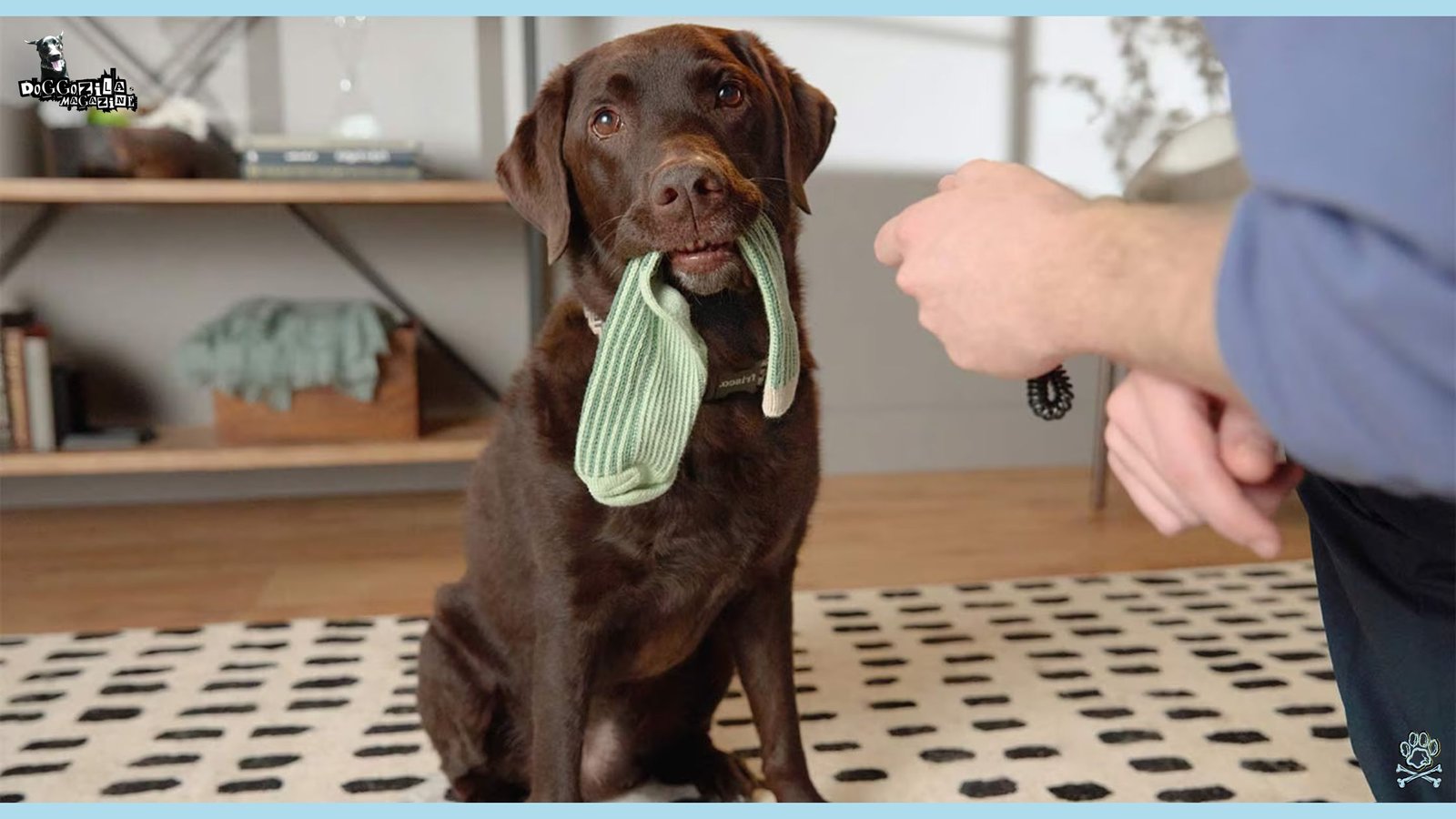
TROUBLESHOOTING COMMON CHALLENGES WHEN YOU TRAIN YOUR DOG HOW TO DROP IT COMMAND
Training rarely follows a perfect trajectory, every team faces plateaus, regressions, or occasional distractions that test both patience and persistence. Unexpected factors like seasonal allergies, household changes, or a shift in family routines can disrupt established cues and cause hesitation at the release command.
Understanding common stumbling blocks, from overzealous play styles to subtle fear responses around valued objects, equips handlers to diagnose issues swiftly and adjust their approach. This troubleshooting chapter provides actionable strategies for diagnosing problems, reigniting enthusiasm, and celebrating every milestone, ensuring that the release behavior remains both reliable and rewarding.
Reigniting Enthusiasm When Your Dog Loses Interest Involves Revisiting Foundational Exercises And Fresh Tactics
If your dog starts yawning at once-favorite treats or objects during drop-it drills, return to low-distraction settings and re-establish the initial thrill of the game. Rediscover what truly motivates your dog, freeze-dried liver, a squeaky toy, or an extra-high-value tug rope, and rotate those rewards to prevent satiation.
Short, spirited sessions of three to five repetitions can reignite focus, while surprise bonuses like an extended fetch or a new puzzle toy to create a sense of unpredictability. Enlisting a training partner to offer animated praise or act as a playful distraction can reignite your dog’s excitement for the task.
Pay close attention to body language like soft eyes, gentle tail wags, and a forward-leaning stance to confirm when your dog is back “in the zone.” Document these mini-sessions in a training log, noting which reinforcer combinations reignited enthusiasm most effectively. By reminding your dog that every drop-it cue leads to something genuinely worthwhile, you restore forward momentum and deepen the bond that underlies consistent performance.
Diagnosing Hesitation At The Release Cue Requires Systematic Observation Of Environment, Timing, And Emotional States
When your dog pauses or looks away instead of releasing on command, take a step back and observe the training context. Is there a new scent in the room, a recent change in household routine, or perhaps a subtle discomfort like an ear infection?
Timing can be everything, delivering the cue too quickly after handing over a toy or too slowly between repetitions can dilute the association between command and reward. Emotional factors such as stress, overexcitement, or even mild fear around certain objects may trigger brief guarding instincts rather than compliance.
To pinpoint the root cause, conduct isolated drills with single variables changed, alter only the toy type, shift only the location, or adjust only the reward timing, then note which modification restores smooth releases. Use a tracking sheet to chart hesitation frequency, context, and successful resets, revealing patterns that inform targeted interventions.
For example, if your dog hesitates only near kitchen counters, you might need extra focus sessions in that specific area. By dissecting each element such as instructions, timing, environment, and emotional state, you develop tailored solutions that eliminate friction and maintain progress.
Celebrating Every Success Fosters A Positive Training Culture And Reinforces Both Handler And Dog Confidence
Training progress can feel incremental, but acknowledging micro-wins fuels motivation and sustains long-term commitment from both sides. After a clean release in a challenging environment, pause the session and offer an enthusiastic jackpot like three treats in quick succession or an extended play break with a favorite toy.
Create visual milestone markers such as color-coded stickers on a training chart or digital badges in an app to commemorate achievements like “First Drop in the Dog Park” or “Zero Hesitations on Slipper.” Share these milestones with a supportive community friends, family, or online handler groups to amplify positive feedback and exchange celebration rituals.
Handlers often find that framing training as a series of parties rather than chores transforms their own mindset, making each session feel less like work and more like a shared adventure. Remember to acknowledge your dog’s effort even on off-days, a calm “good try” and a short game keep morale high. Over time, these celebratory rituals weave a culture of positivity that cements release behaviors into a reliable, joyful partnership.
🔑 Key Points: Consult a professional if guarding is intense (snapping, lunging), seek immediate help from a certified force-free behavior consultant.

PHASE-BY-PHASE TIMETABLE FOR MASTERING THE “DROP IT” COMMAND
Here’s a clear, phase-by-phase timetable for mastering the “Drop It” command, designed for real-world consistency. Adjust durations based on your dog’s progress (puppies/rescues may need slower pacing; driven adults may advance faster).
Phase 1: Foundation Building
(Goal: Create a positive association with releasing objects)
Timeline: Week 1
Daily Sessions: 3x per day, 3–5 minutes each
| Day Range | Key Activities | Success Metrics |
| Days 1–3 | Trade Game: Use a low-value toy (old tennis ball). Let dog mouth it → show high-value treat (chicken) under nose → mark “YES!” when released → reward. Repeat 5–10x/session. | Dog releases toy 8/10 times upon seeing treat. |
| Days 4–7 | Add Verbal Cue: Say “Drop it” 1 second BEFORE showing treat. Reward instantly upon release. Delay treat by 0.5 seconds gradually. | Dog drops toy on verbal cue 7/10 times without seeing treat first. |
Phase 2: Distraction Proofing
(Goal: Generalize command in mildly challenging settings)
Timeline: Week 2
Daily Sessions: 2x per day, 5–8 minutes
| Day Range | Key Activities | Success Metrics |
| Days 8–10 | Indoor Distractions: Practice near: Tapping foot, Quiet TV, Person walking past | Reward heavily for focus. If failed, reduce distraction intensity. Dog obeys cue with 1 distraction present 9/10 times. |
| Days 11–14 | Outdoor Basics: Practice in: Quiet backyard, Empty garage, Peaceful park corner | Use medium-value items (kong). Introduce “Leave it” after drops to prevent re-grabs. Dog drops/leaves item 8/10 times outdoors. |
Phase 3: Real-World Reliability
(Goal: Solidify command in high-distraction adventures)
Timeline: Weeks 3–4
Sessions: 1x daily, 10 minutes + real-life integration
| Day Range | Key Activities | Success Metrics |
| Days 15–21 | Controlled Chaos: Drop it during fetch (before re-throw). Practice at park with distant dogs/kids. “Emergency drills” with fake hazards (empty pill bottle) | Use variable rewards (treats, toys, praise). 90% compliance amid moderate distractions. |
| Days 22–28 | Adventure Proofing: Beach: Drop seashells/sticks. Hikes: Release pinecones. Urban: Practice near food carts/busy streets | Record progress in training app. Dog responds within 2 seconds in 3+ new environments. |
Phase 4: Advanced Fluency & Maintenance
(Goal: Make “Drop It” instinctive for life)
Timeline: Week 5+
Sessions: 3–5x weekly, integrated into life
| Activity | Frequency | Pro Tips |
| Toy-Only Rewards | 2x/week | Use two identical tug toys. Ask for drop → reward with second toy + play. |
| Variable Schedules | All sessions | Reward randomly: 1st drop (treat), 2nd (praise), 3rd (jackpot 3 treats!). |
| Adventure Refreshers | Before outings | Quick 2-min drill: Ask for drop amid backyard chaos (sprinkler on, radio playing). |
| Bi-Annual “Tune-Ups” | 2x/year | Re-test with high-value items (rawhide) in peak distractions. |
Critical Progression Rules
- Don’t Rush: Only advance phases when your dog hits 90% success in current stage.
- Regression? Go back 1 phase for 3 days.
- Customize:
- Puppies: 2-min sessions, 5x/day. Use meal kibble as treats.
- Seniors: Skip high-impact drills. Use softer treats (mashed sweet potato).
- Rescues: Spend 2 weeks on trust-building (hand-feeding) before Phase 1.
Realistic Timetable:
- Basic Reliability: 3–4 weeks
- Bombproof in 90% of Situations: 2–3 months
- Lifelong Habit: 5-min weekly refreshers + adventure practice.
Why This Works
This timetable mirrors service-dog training protocols (Tufts University, 2022) by balancing structure with adaptability. Tracking metrics prevents plateauing, and integrating drills into play ensures your dog stays eager to obey.
Remember that “Drop it” isn’t just a command, it’s a conversation. When your dog trusts that releasing treasures leads to greater rewards (your attention, games, treats), they’ll choose cooperation over chaos every time.
“The difference between chore and choice? Enthusiasm. Build the joy, and the behavior sticks.”
Our Final Takeaway
Mastering the ways to train your dog to drop it is more than a command, it’s an invitation to deeper connection, shared adventures, and enhanced safety. From your living room’s first treat-trade to sunrise hikes where distractions abound, each step in this guide transforms potential chaos into trust-filled cooperation.
By weaving positive reinforcement, effective gear, and real-world proofing into your routine, you forge a release behavior that stands the test of time and terrain. Whether you’re a puppy-parent, a rescue advocate, or a seasoned trainer, these strategies ensure your dog drops with joy, engages with you willingly, and enriches every moment you share.
So grab those treats, find that favorite toy, embrace the occasional hiccup, and start building this incredible skill. The adventures and the peace of mind that await are truly priceless.
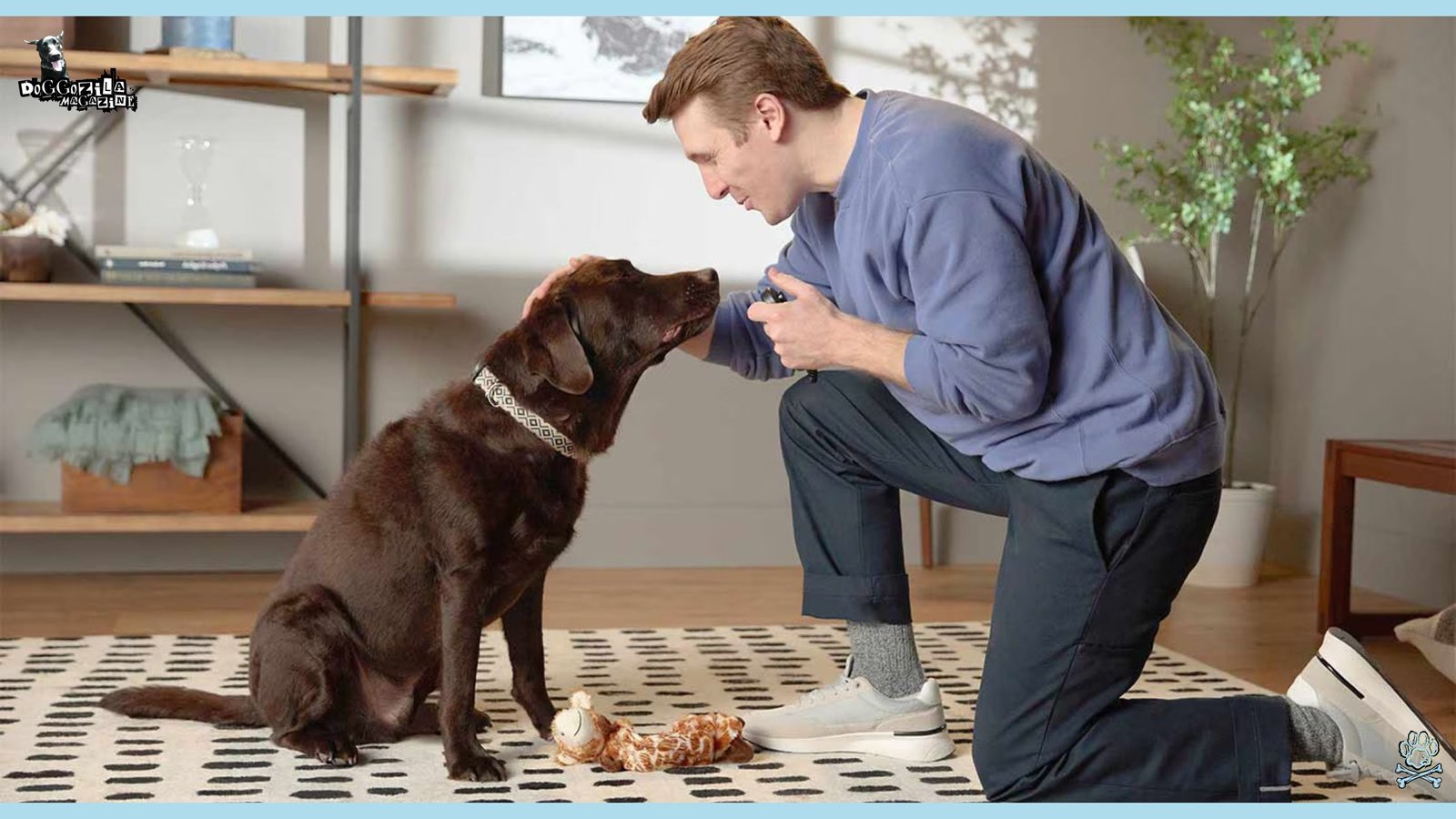
Now, go enjoy that deeper bond and the incredible freedom it brings! What amazing place will your reliable “drop it” take you next?

